American Hemp Farmer: Adventures and Misadventures in the Cannabis Trade by Doug Fine is one of those books that everyone should read.
I listened to the audiobook version narrated by the author, and it was fantastic.
On the one hand, this is a compelling handbook of sorts for anyone interested in joining the hemp industry in any capacity, as a farmer or stakeholder.
And yet the book is so much more than that. It’s a call to action for us as a society to embrace every aspect of industrial hemp.
From the environmental benefits of hemp batteries, plastics, and hemp fabric, to utilizing hemp seeds as a superfood, to sequestering carbon through hemp roots – American Hemp Farmer shines a light on the power of regenerative farming and the hemp plant’s critical role in potentially saving our planet.
The impact of climate change is already disrupting countless lives and ecosystems across the world. Wildfires, draughts, flooding – no region is impervious to the imbalance of our erroneous carbon output.
In one of the more harrowing passages in the book, Fine recounts the morning he almost lost his farm due to nearby wildfires. The close call changed his family’s outlook, inspiring a sense of determination to do their part toward a healthier planet.
Correcting that balance lies in the principles of regenerative farming, which includes far less waste, zero toxins, and agriculture techniques that replenish the soil and sequester carbon from the environment.
As Fine explains in the book, hemp’s root systems have a stunning impact on soil conditions, one of the many reasons why this plant can play a pivotal role in stabilizing the climate.
So, why aren’t more people on board with the hemp revolution? Same goes for regenerative farming. Is it merely a matter of time or does it require more nudging, more active participation and curiosity?
“We’re all wise to root for an industry that helps with climate stabilization. If the regenerative farming mode catches on, farmers might even sequester sufficient carbon to buy us humans a crucial century to get our underlying infrastructural cards in order – the goal being to thrive, rather than panic, as we glide into the post-petroleum future,” Fine writes.
The Struggles of Hemp Farming
But wait. Isn’t the re-emerging U.S. hemp industry mired in struggle and failure?
The stories of farmers facing financial ruin after switching to hemp on the heels of 2018 Farm Bill are heartbreaking.
It is normal for nascent industries to go through early growing pains. However, in the case of hemp, much of the struggle has stemmed from messy regulations and a hyper-fixation on hemp as a source of CBD, which Fine so eloquently outlines.
How can anyone expect to run a sustainable hemp farm while only utilizing one part of the plant?
Would it have been different if more farmers and regulators had been able to read American Hemp Farmer?
Probably.
Throughout the book, readers can observe Fine wrestling with some of the most common yet unexpected challenges hemp farmers face today.
From the perils of seed drill operation to fields catching on fire just before harvest, it is an eye-opening read for people who haven’t spent much time on the agricultural front.
At the end of the first day of planting, when nothing has been planted yet, “…it helps to keep in mind that the hemp will get planted. It’ll just take 10 times longer than you’ve budgeted,” Fine writes.
“I haven’t yet heard anyone say, ‘Dang, planting day was just too much of a pain in the ass. I decided not to go through with it.’ I have indeed heard such a sentiment following harvest quagmires. But not at planting.”
But after a long day, when you’re dirty, bloody, and hungry – with hardly any progress to show for it due to unseemly seed drill delays – what’s the best mindset?
Fine hypothesizes that when spending most of the time outdoors, one’s proximity to the soil creates a chemical reaction in the brain, a “child mind,” where one forgets all these struggles.
“It’s not only last year’s seed drill delays that you forget. Your product’s bottle caps don’t quite fit the bottles? Your state’s regulators are sticking with the absurd ‘field out of view from road’ requirements for another season? Whatever, that was yesterday. Today is planting day. The ultimate now,” he writes.
Future Farmers of America? Anyone?
Throughout the book, Fine takes readers across the life cycle of multiple hemp grows, recounting his experiences with mentors, machinery, regulators, and nature.
And he talks about packaging, labeling, branding, marketing – all things that today’s hemp entrepreneur needs to know.
Yet, there’s a much bigger message here in addition to the importance of hemp for a better, happier, healthier planet.
What has happened to the farmer?
Since the onset of federal cannabis prohibition 85 years ago, the U.S. has lost 90 percent of its farmers, Fine notes.
When you think about humankind’s relationship with healthy food and nature in general, this is a big deal.
It is to this effect that Fine envisions a world where the work of a farmer is seen as an ideal occupation for kids to strive toward at the encouragement of their parents.
Work hard enough, and you’ll get to be a farmer when you grow up!
Because if we forget how to live off the land, how to treat it properly, how to engage in regenerative self-reliance – where does that leave us?
You can grab a copy of American Hemp Farmer here or here.
Need a little more Bluntness in your life? Sign Up for our newsletter to stay in the loop.
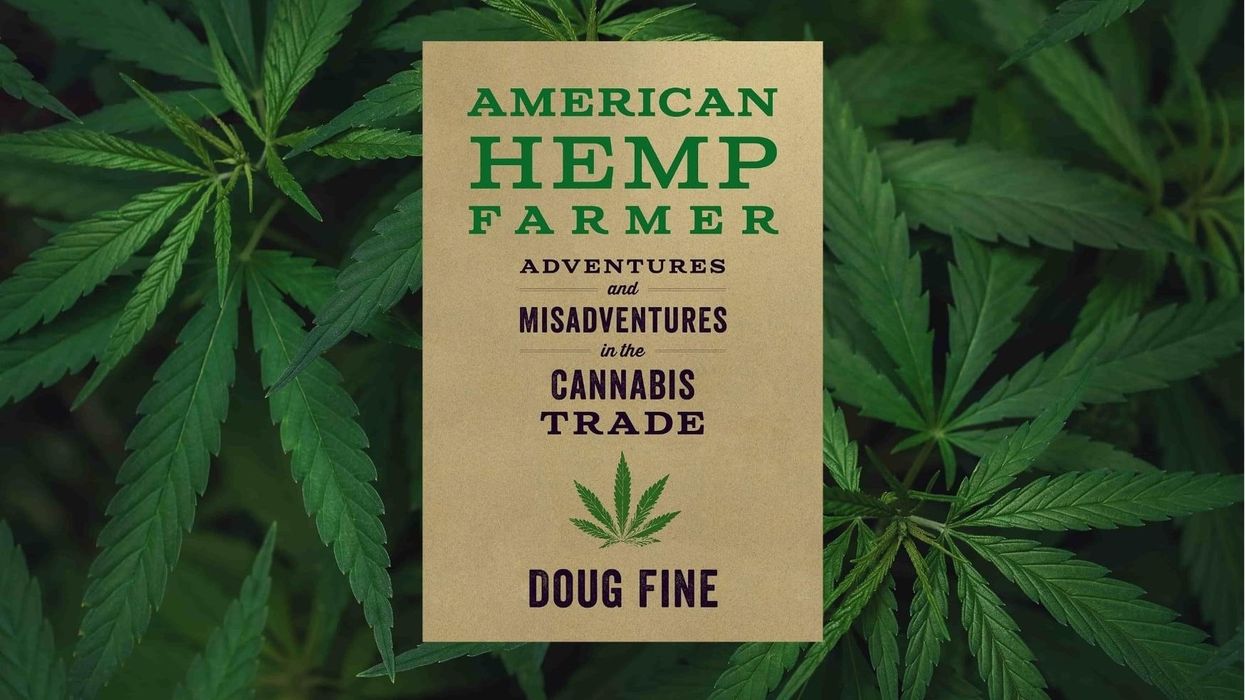


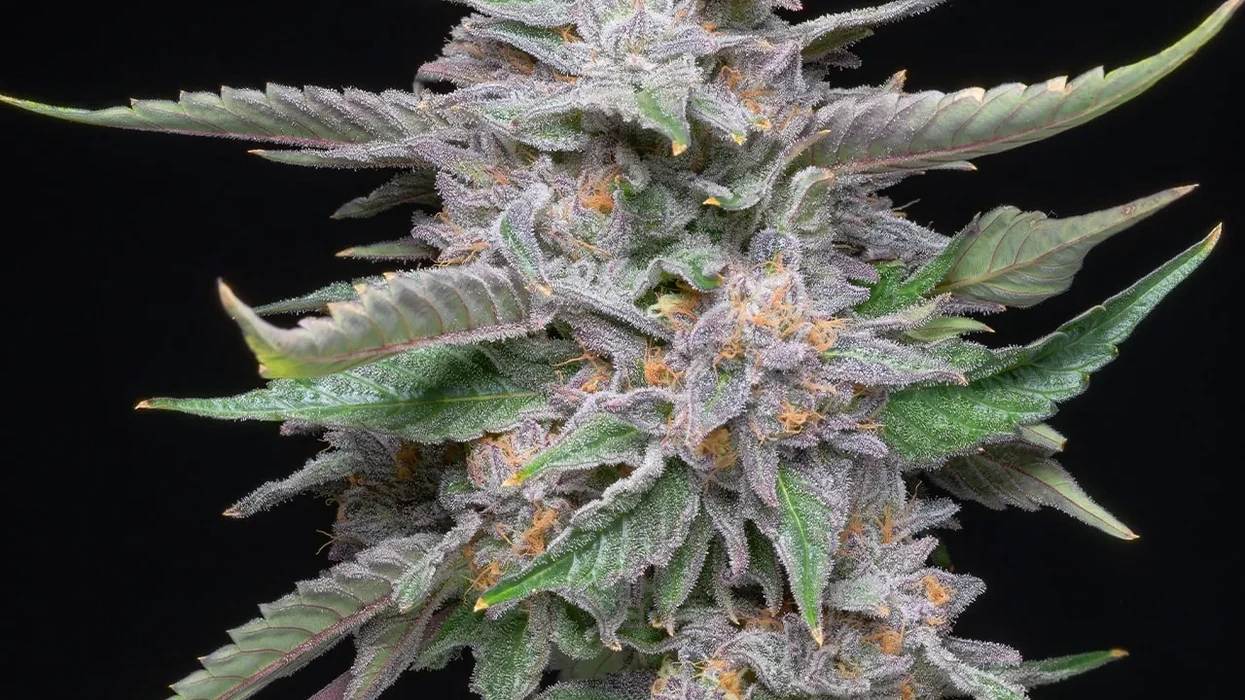
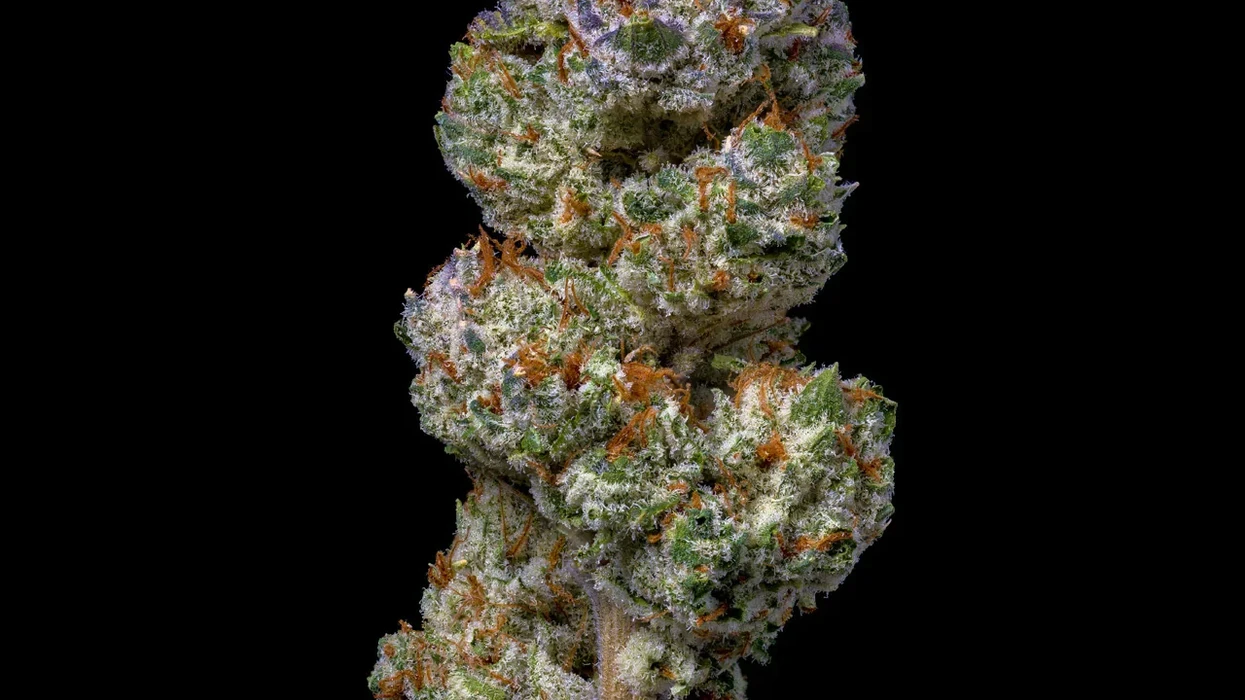
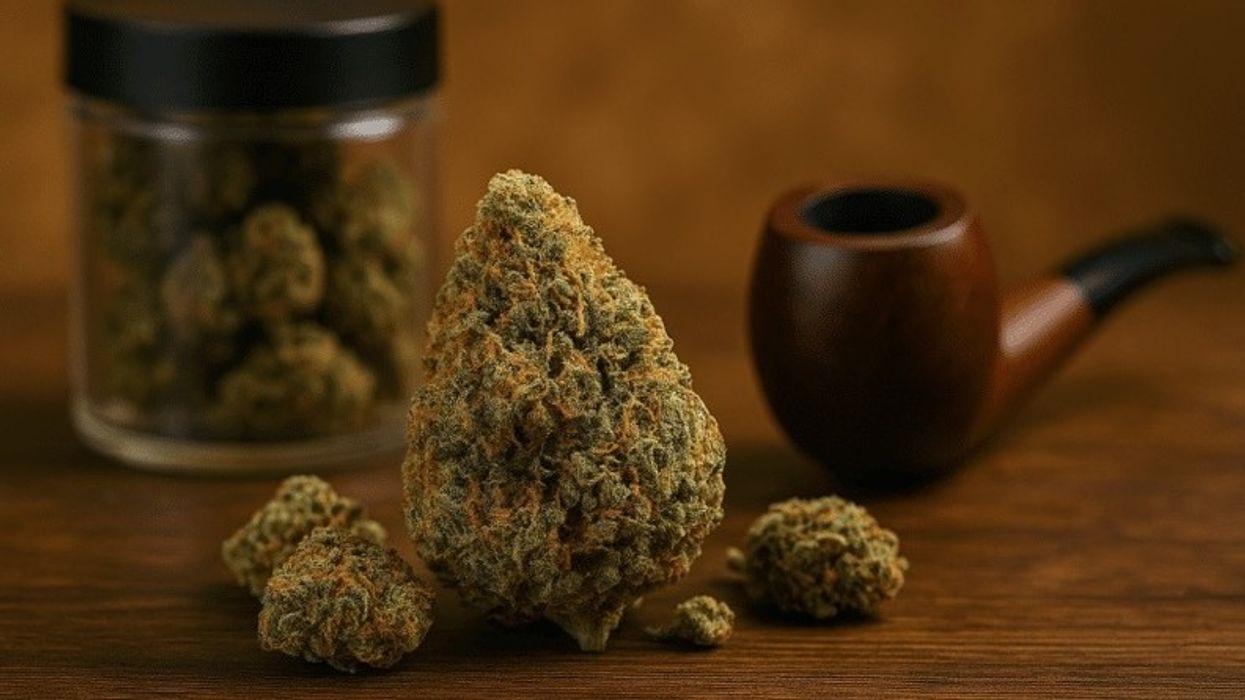
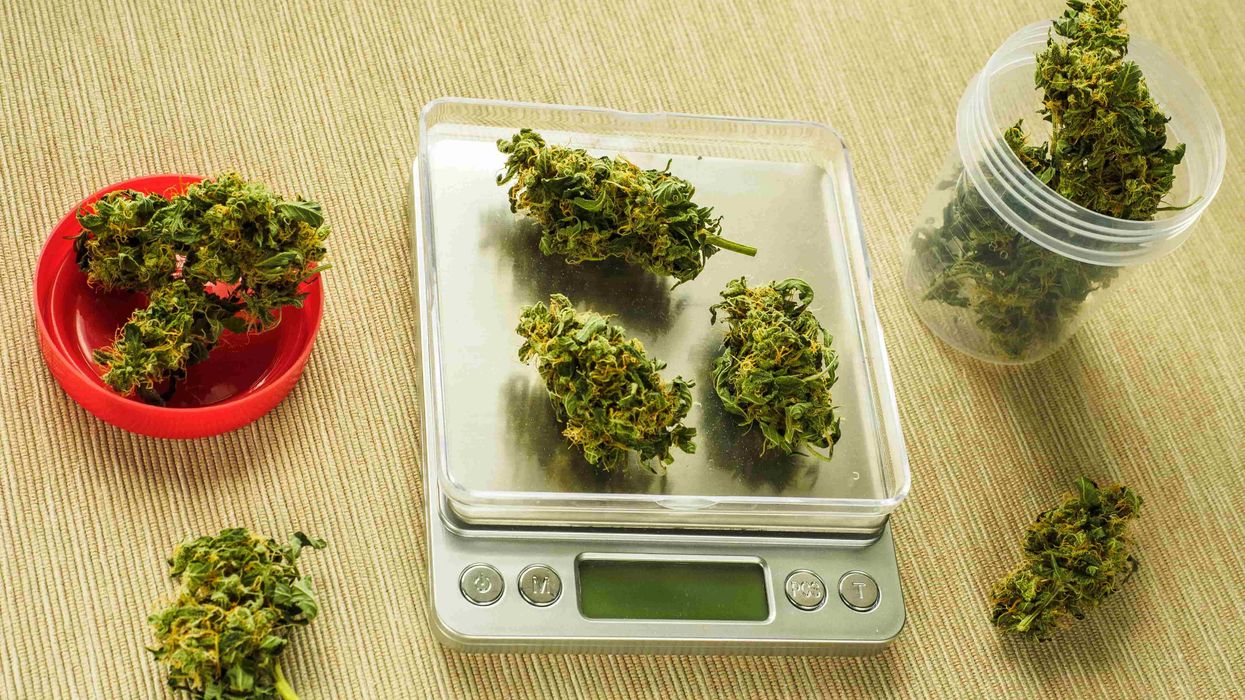

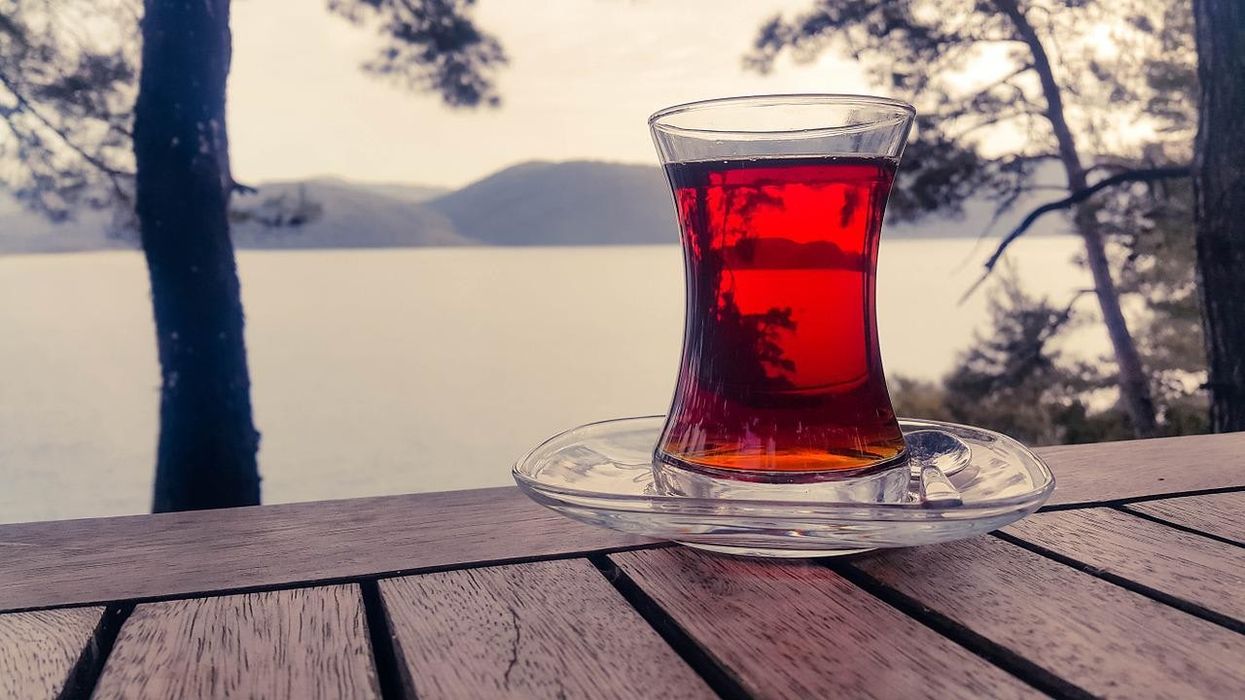
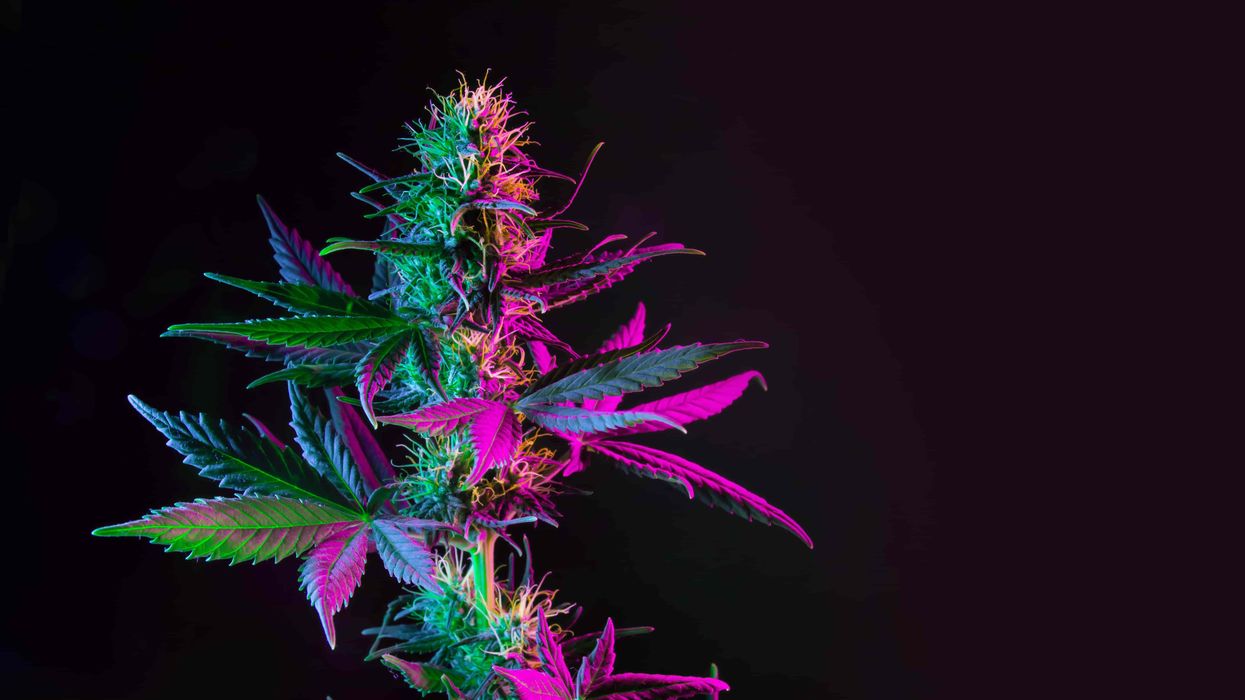
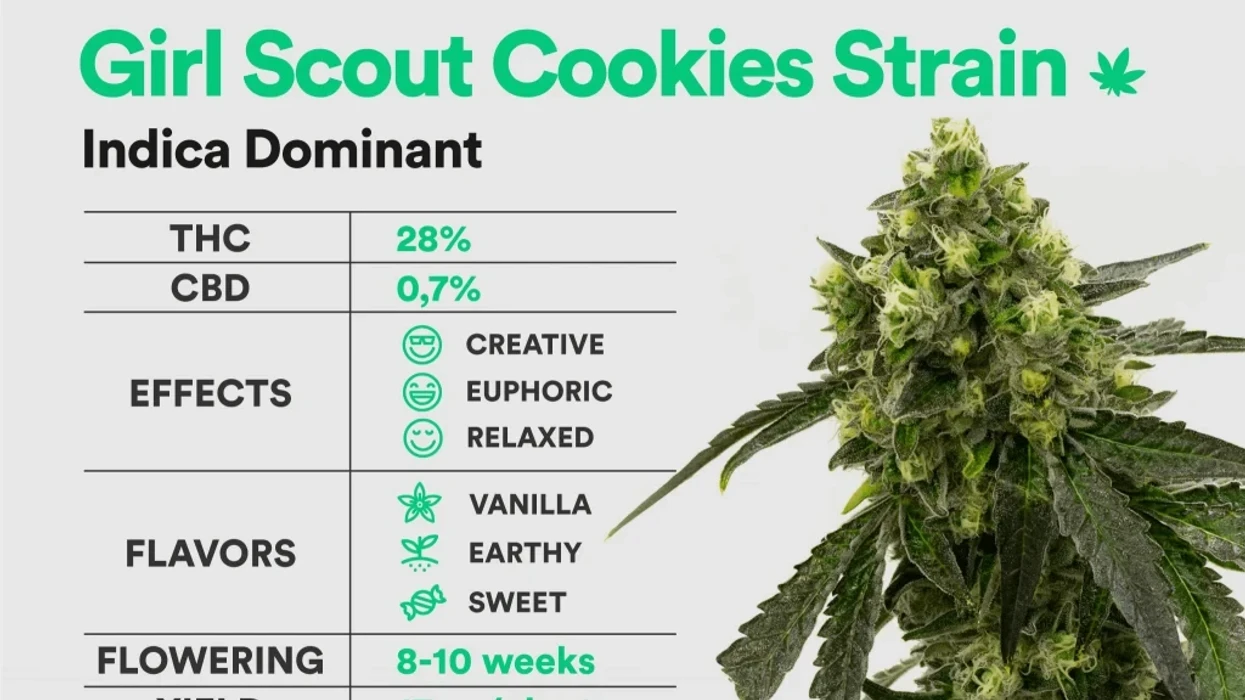

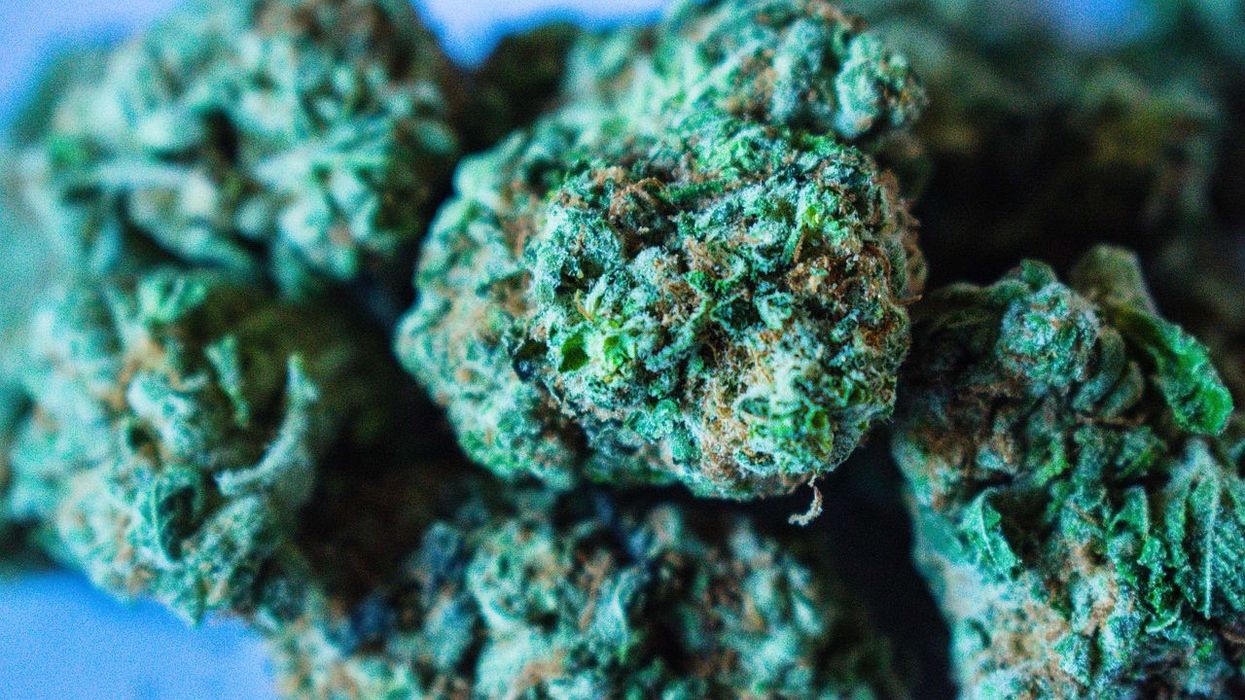
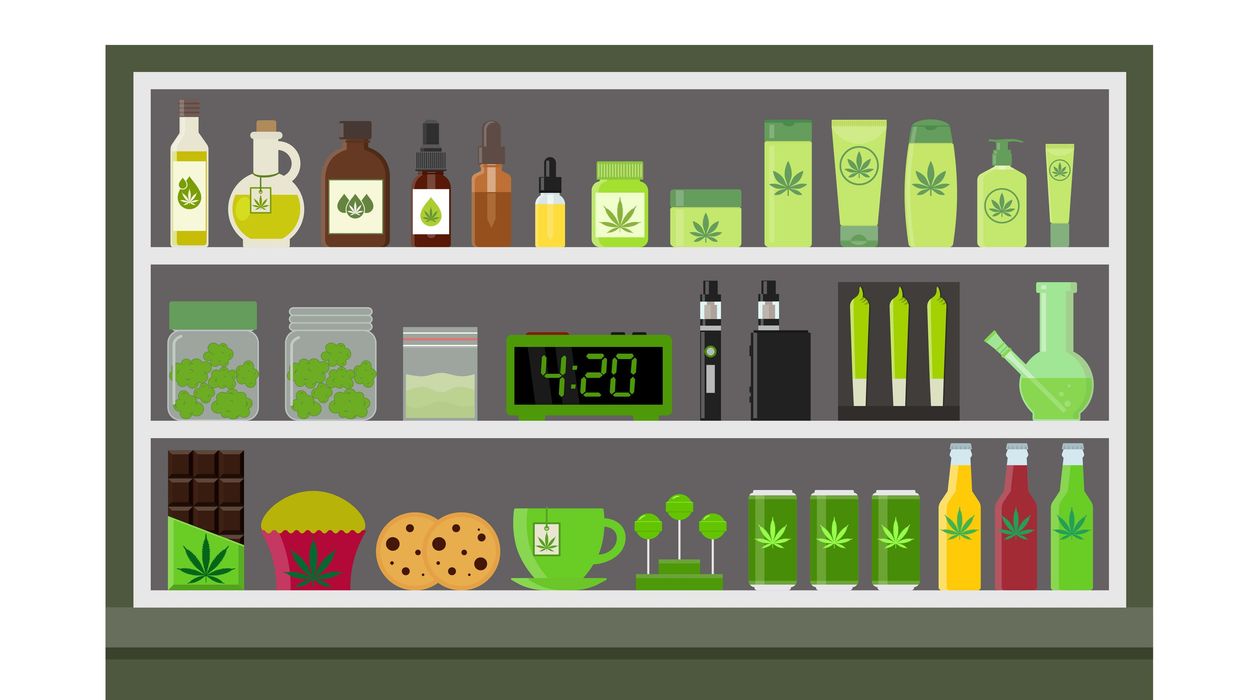



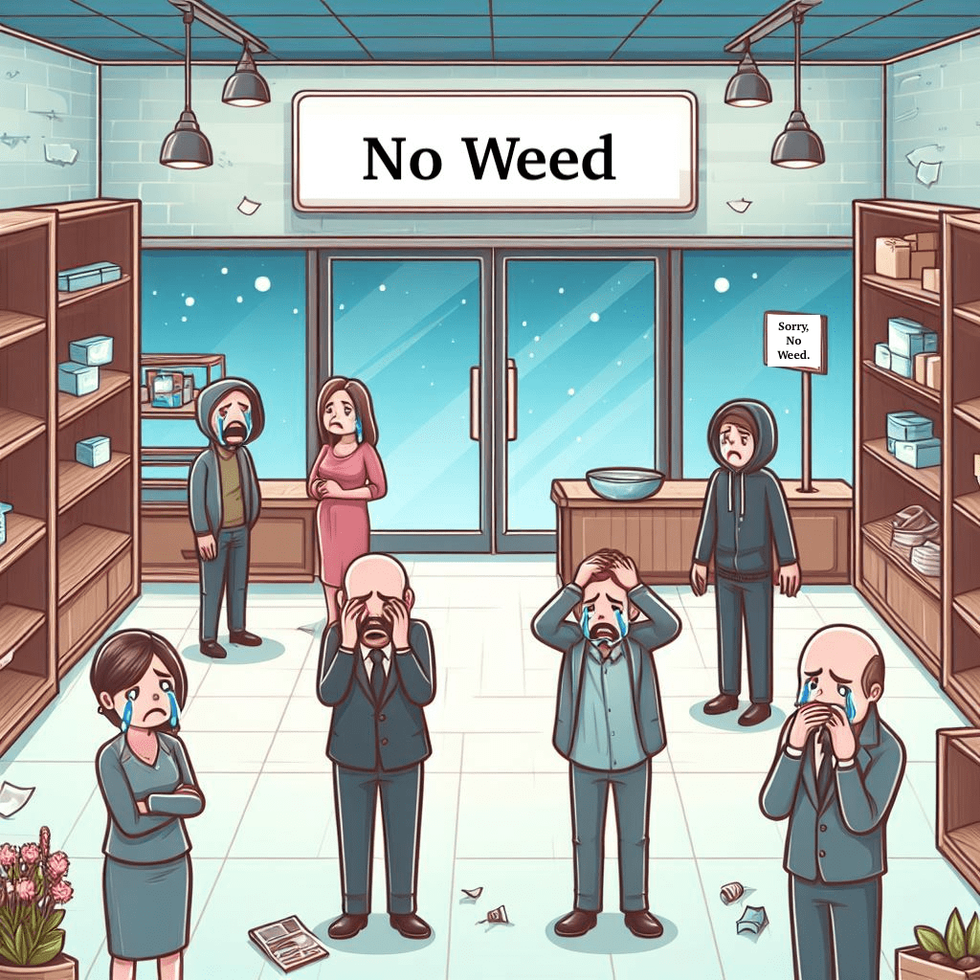 On The Brink: Connecticut’s Cannabis Supply Crisis. Where The Hell Is All Of The Weed?!?Photo: Dabbin-Dad.com 2024
On The Brink: Connecticut’s Cannabis Supply Crisis. Where The Hell Is All Of The Weed?!?Photo: Dabbin-Dad.com 2024